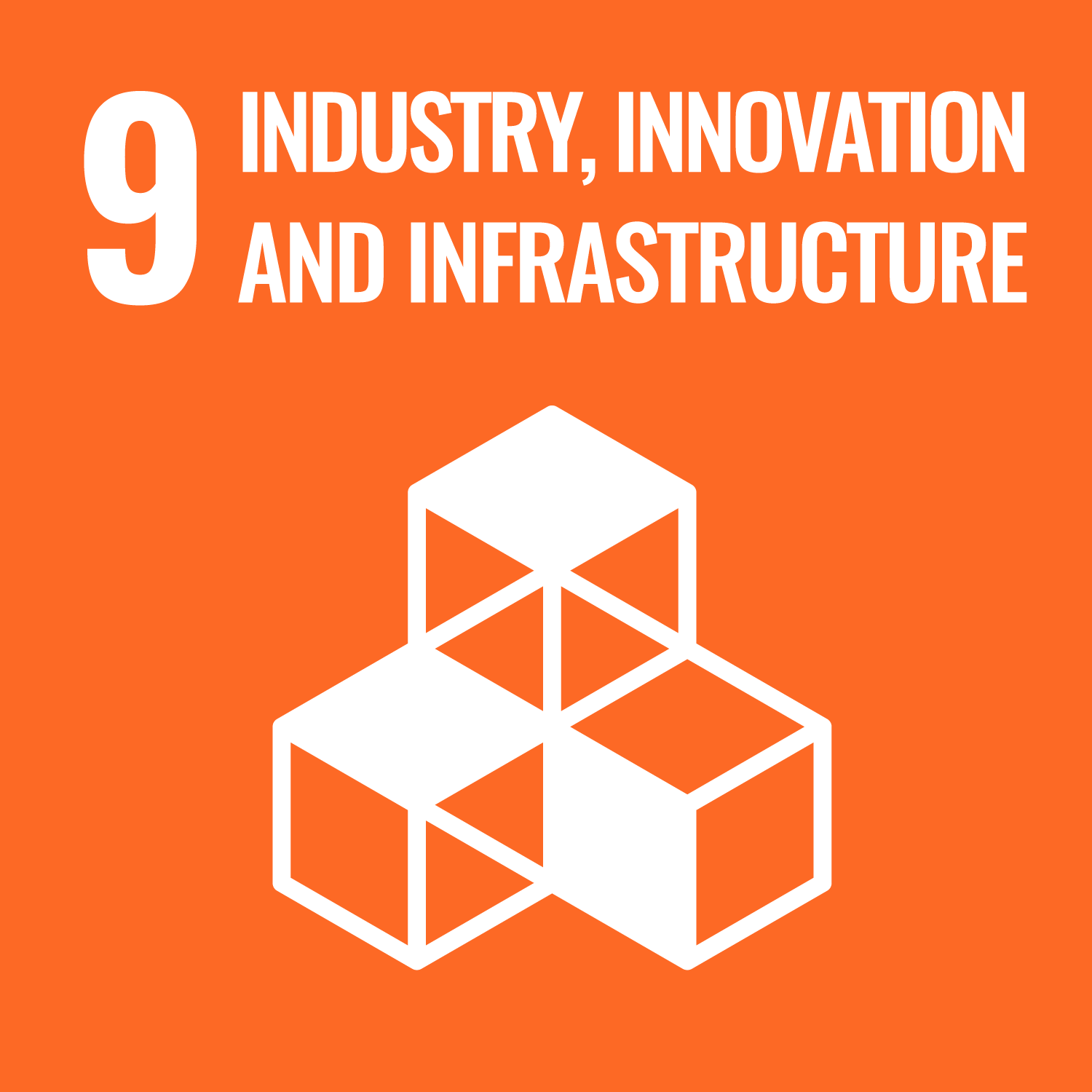ORCID
- John Summerscales: 0000-0002-3557-0404
Abstract
Lack of cost information is a barrier to acceptance of 3D woven preforms as reinforcements for composite materials, compared with 2D preforms. A parametric, resource-based technical cost model (TCM) was developed for 3D woven preforms based on a novel relationship equating manufacturing time and 3D preform complexity. Manufacturing time, and therefore cost, was found to scale with complexity for seventeen bespoke manufactured 3D preforms. Two sub-models were derived for a Weavebird loom and a Jacquard loom. For each loom, there was a strong correlation between preform complexity and manufacturing time. For a large, highly complex preform, the Jacquard loom is more efficient, so preform cost will be much lower than for the Weavebird. Provided production is continuous, learning, either by human agency or an autonomous loom control algorithm, can reduce preform cost for one or both looms to a commercially acceptable level. The TCM cost model framework could incorporate appropriate learning curves with digital twin/multi-variate analysis so that cost per preform of bespoke 3D woven fabrics for customised products with low production rates may be predicted with greater accuracy. A more accurate model could highlight resources such as tooling, labour and material for targeted cost reduction.
DOI Link
Publication Date
2022-01-05
Publication Title
Journal of Composites Science
Volume
6
Issue
1
Acceptance Date
2021-12-31
Deposit Date
2022-05-01
Embargo Period
2022-01-07
Keywords
3D woven fabrics, complexity, cost model, Jacquard, learning, preform, Weavebird
Creative Commons License

This work is licensed under a Creative Commons Attribution-NonCommercial-Share Alike 4.0 International License.
Recommended Citation
Clarke, J., McIlhagger, A., Dixon, D., Archer, E., Stewart, G., Brelsford, R., & Summerscales, J. (2022) 'A Cost Model for 3D Woven Preforms', Journal of Composites Science, 6(1). Available at: 10.3390/jcs6010018


